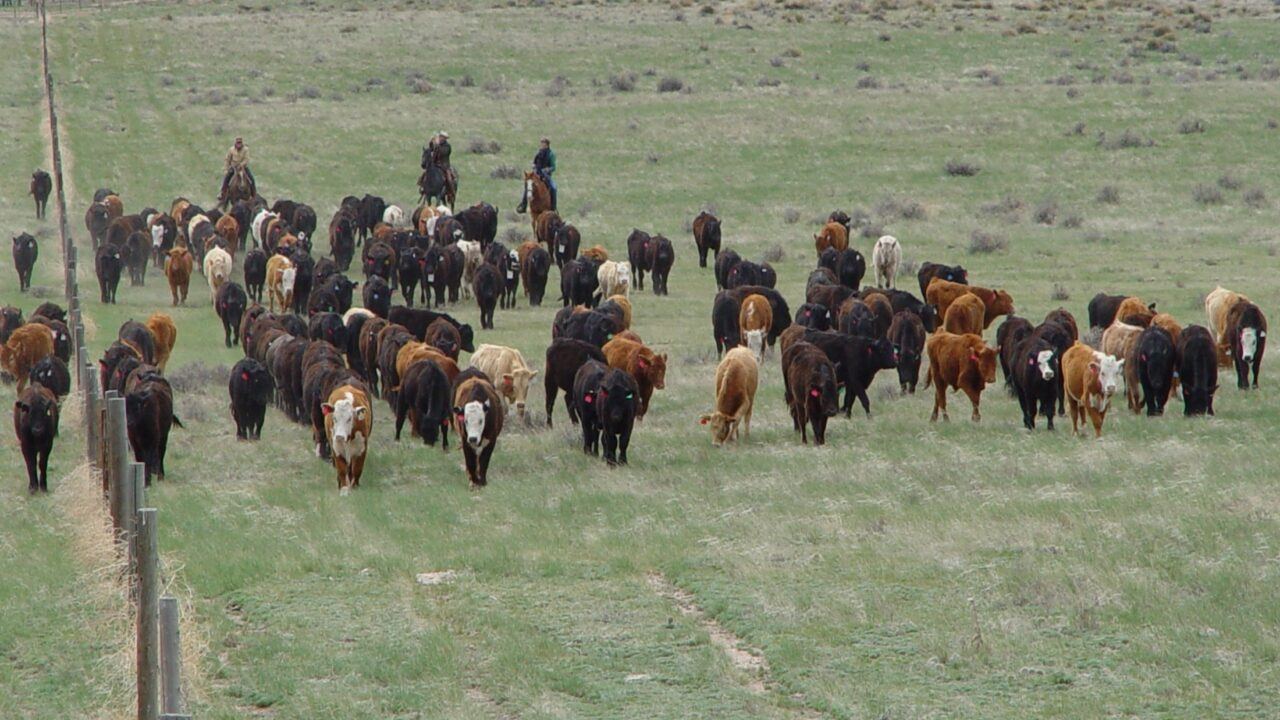HatCreekCattleco
Well-known member

Research: Rotational grazing doesn't work in ranching systems
Research carried out in the US has found that rotational grazing actually reduces the performance of beef cattle


The study was conducted on arid range country, so a more accurate synopsis would be that rotational grazing doesn't work in the desert.Well....all rotational grazing I have done and seen does NOT put lower quality forage, lower protein in front of my cattle.
The whole idea of rotational grazing is to provide constant new growth.
I poo poo this research. They will have to provide much more information/facts to make any sense.
I've got neighbors who make me question my ways. I used to question theirs, but I'm seeing now maybe what I'd call over grazing isn't quite a big deal as I've always thought. Their calves probably bring the same as mine, their cattle ain't dead yet, and that carpet of a pasture still turns green in the spring. Im nearly sure they are making a better profit than me. I've never received an extra penny because my mama's are fat and pastures were pretty.Is rotational grazing better or does it just result in lower input cost? Can you run more cattle on X amount of acres by fertilizing or by rotational grazing? Lets be truthful here it's not always about how much you do or don't spend, at the end of the day it's about how much profit make.
I read it. I don't believe the study was well done. And what in the hell does a steer turning its head frequently have to do with anything?
Research: Rotational grazing doesn't work in ranching systems
Research carried out in the US has found that rotational grazing actually reduces the performance of beef cattlewww.agriland.co.uk
All good questions. In my experience the only added inputs are extra fencing, which can be done relatively cheaply or more expensively. There are negligible differences in management requirements. And yes, I can run more animals and get 600 pound weaning weights. The added pounds produced have always justified the added expense in fence.Is rotational grazing better or does it just result in lower input cost? Can you run more cattle on X amount of acres by fertilizing or by rotational grazing? Lets be truthful here it's not always about how much you do or don't spend, at the end of the day it's about how much profit make.
Your well fed cows should breed back better and milk better, which will make you more money in the long run.I've got neighbors who make me question my ways. I used to question theirs, but I'm seeing now maybe what I'd call over grazing isn't quite a big deal as I've always thought. Their calves probably bring the same as mine, their cattle ain't dead yet, and that carpet of a pasture still turns green in the spring. Im nearly sure they are making a better profit than me. I've never received an extra penny because my mama's are fat and pastures were pretty.